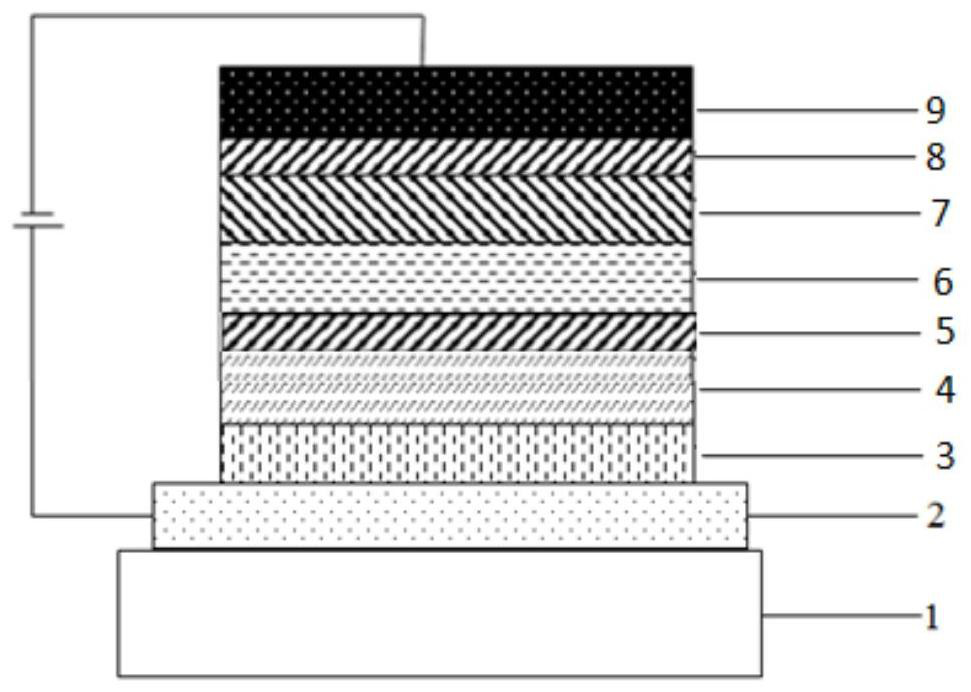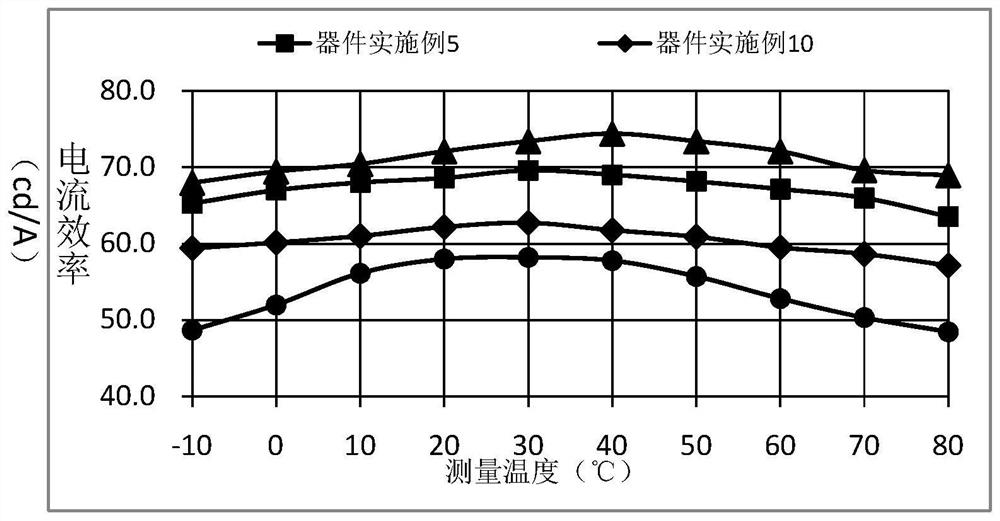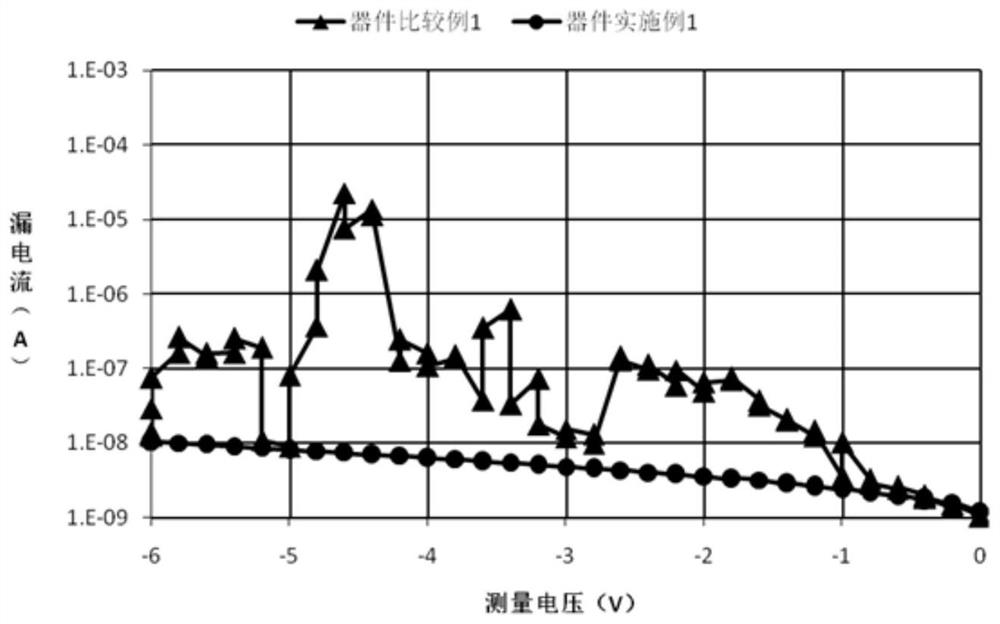A kind of triarylamine compound and its application on organic electroluminescence device
A technology of electroluminescent devices and compounds, which is applied to compounds containing triarylamine structures and the application field of organic electroluminescent devices, and can solve different problems
- Summary
- Abstract
- Description
- Claims
- Application Information
AI Technical Summary
Problems solved by technology
Method used
Image
Examples
Embodiment 1
[0163] Embodiment 1, the synthesis of intermediate G:
[0164]
[0165] (1) Under nitrogen atmosphere, weigh raw material I, raw material J, Pd (PPh 3 ) 4 , toluene and ethanol were stirred and mixed, dissolved sodium carbonate in water, then added aqueous sodium carbonate solution into the reaction system, heated at 100-120°C, and refluxed for 10-24 hours. After the reaction, naturally cooled to room temperature, filtered, and the filtrate Layering, taking the organic phase, carrying out rotary evaporation under reduced pressure, and purifying through a neutral silica gel column to obtain intermediate K; the molar ratio of the raw material I to the raw material J is 1.2 to 2:1, and the molar ratio of sodium carbonate to the raw material I is 2.0~3.0:1, Pd(PPh 3 ) 4 The molar ratio with raw material I is 0.01~0.02:1, and the volume ratio of toluene, ethanol and water is 2:1:1;
[0166] (2) Weigh the intermediate K, dissolve it in o-dichlorobenzene, add triphenylphosphin...
Embodiment 2
[0189] Embodiment 2: the synthesis of compound 1:
[0190]
[0191] In a 250ml three-neck flask, under the protection of nitrogen, add 0.01mol raw material D1, 0.024mol intermediate G1, 1×10 -4 molPd(PPh 3 ) 4 , 100mL of toluene and 50mL of ethanol were stirred and mixed, 0.03mol of sodium carbonate was dissolved in 50mL of water, and then the aqueous solution of sodium carbonate was added to the reaction system, heated to 110°C, and refluxed for 24 hours. Sampling and spotting showed that there was no raw material D1 remaining. The reaction was complete; naturally cooled to room temperature, filtered, the filtrate was separated, the organic phase was taken, and subjected to vacuum rotary evaporation (-0.09MPa, 85°C), and purified by a neutral silica gel column to obtain the target product with a HPLC purity of 98.8% and a yield of 57.7%;
[0192] Elemental analysis structure (molecular formula C 46 h 30 N 2 O): Theoretical C, 88.15; H, 4.82; N, 4.47; O, 2.55; Tested:...
Embodiment 3
[0193] Embodiment 3: the synthesis of compound 4:
[0194]
[0195] The preparation method of compound 4 is the same as that of Example 2, except that intermediate G1 is replaced by intermediate G2.
[0196] Elemental analysis structure (molecular formula C 52 h 34 N 2 O): theoretical value C, 88.86; H, 4.88; N, 3.99; O, 2.28; tested value: C, 88.89; H, 4.87; N, 3.97; ESI-MS(m / z)(M + ): The theoretical value is 702.27, and the measured value is 702.46.
PUM
| Property | Measurement | Unit |
|---|---|---|
| volume | aaaaa | aaaaa |
| thickness | aaaaa | aaaaa |
| thickness | aaaaa | aaaaa |
Abstract
Description
Claims
Application Information
 Login to View More
Login to View More - R&D
- Intellectual Property
- Life Sciences
- Materials
- Tech Scout
- Unparalleled Data Quality
- Higher Quality Content
- 60% Fewer Hallucinations
Browse by: Latest US Patents, China's latest patents, Technical Efficacy Thesaurus, Application Domain, Technology Topic, Popular Technical Reports.
© 2025 PatSnap. All rights reserved.Legal|Privacy policy|Modern Slavery Act Transparency Statement|Sitemap|About US| Contact US: help@patsnap.com



